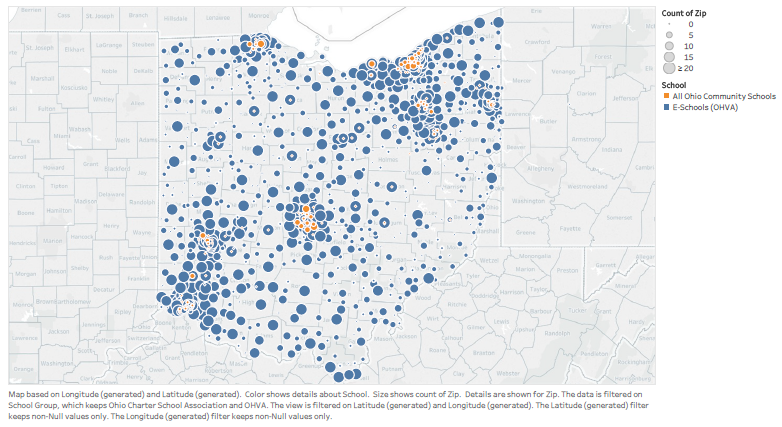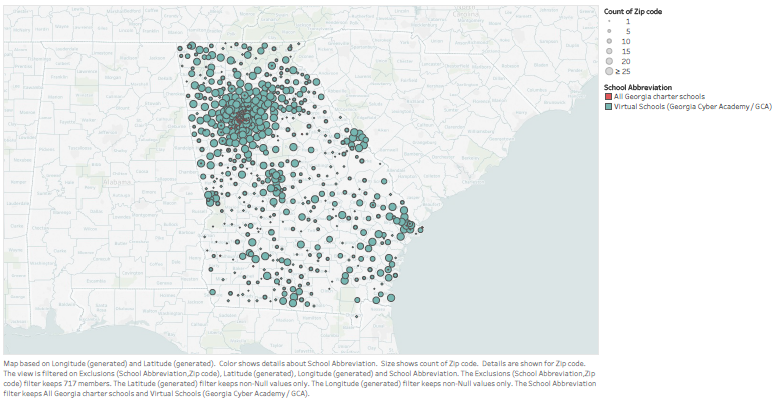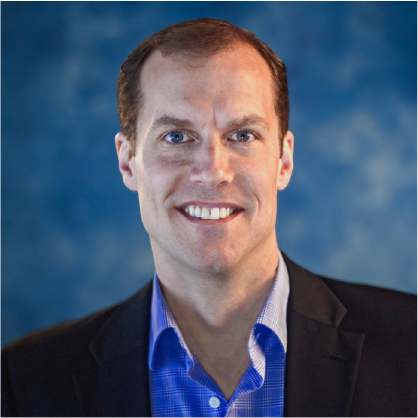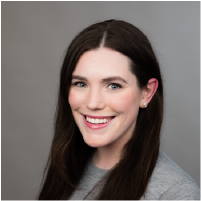School Choice in Rural America: How Online Schooling Helps Bridge the Accessibility Gap
As we wade into the 2018 legislative sessions, it’s important to remember a key takeaway from 2017: online schools are a valuable, important and sometimes the only school choice option for many families in rural America.
Last July, Andy Smarick, with the American Enterprise Institute, reminded us: “Don’t forget rural schools.” He noted a recent Wall Street Journal analysis showing rural counties are now worse off than inner cities in poverty, educational opportunity, male employment and a host of other measures, and rural communities are the least likely to have access to educational options. Smarick highlighted the wide gap in the number of charter schools located in urban vs. rural communities. “Of the approximately 7,000 total charter schools open today,” Smarick wrote, “our research showed that fewer than 1,000 are in rural areas, and only about 100 in remote rural communities.”
To determine how rural families are accessing public school choice options, our team recently completed a mapping project, where we marked the location of all brick-and-mortar charter schools from a given state on a map and also marked all of the addresses of students who are enrolled in online charter schools that partner with K12 online schools.
First, we looked at Ohio, a state with a fairly large number of charter schools.

In Ohio, traditional charter schools are only allowed to locate in the “Big 8” urban school districts. That means, according to the Columbus Dispatch, that 43,637 square miles, or more than 97 percent of the state, do not have any charter schools. Yet, the above map shows one online charter school, Ohio Virtual Academy, enrolls students from every corner of the state. Students in these outlying counties can’t attend traditional charter schools, however they can access online charter schools.
Next, we looked at Georgia.

The Georgia heat map looks very similar to others. Georgia’s brick-and-mortar charter schools are located in Atlanta and a few other areas, while enrollment in the state’s largest online charter school, Georgia Cyber Academy, includes students from the Atlanta metro region and almost every other county in the state.
This trend is similar in Indiana, Texas, Michigan, Pennsylvania, Nevada and virtually every other state where online and brick-and-mortar charter schools co-exist.
In states such as Alabama, a charter school law is on the books, but only one charter school currently operates. Instead it is Alabama’s online schools, operated through school districts, which have become the main vehicle providing school choice to families across the state. The same is true in states like Washington and Virginia. (Other states—Mississippi, Kentucky—have a charter law but few or no charter schools at all.)
Former executive director of the North Carolina Office of Charter Schools, Joel Medley, called this the “charter school accessibility gap.” Medley said that he witnessed the charter school accessibility gap first hand.
Brick-and-mortar charter schools are constrained by “location and space,” but, he believed, online learning could help extend the reach and promise of charter schools to students in all communities. Medley, who now leads the North Carolina Virtual Academy, said his online charter school is only in its third year but serves students in 97 of the state’s 100 counties. For many of his families, the first and only time they experienced school choice was when online charter schools opened.
Education savings accounts and online course choice programs will further expand school choice and education opportunities to rural communities that have few, if any, options. Both have great potential to further narrow the accessibility gap. Michael McShane, the director of National Research at EdChoice, argued effectively that the view of school choice should be expanded beyond just a single model. “If you look at school choice as a three-legged stool of charter schools, course access programs, and education savings accounts, [rural] communities can match the solution to their needs,” McShane said.
Some kids thrive in a traditional school building, others in an online school setting. Charter schools in urban areas are doing an incredible job serving the needs of students in their local communities. But they can’t reach everyone, everywhere. We would do well to remember that without online schools, many would have no choice at all. Let’s aim to empower parents with as many education opportunities as possible—public and private—and give them the freedom to choose what they believe is best for their children. Equal access to options for all families, regardless of ZIP Code, should be the priority.





